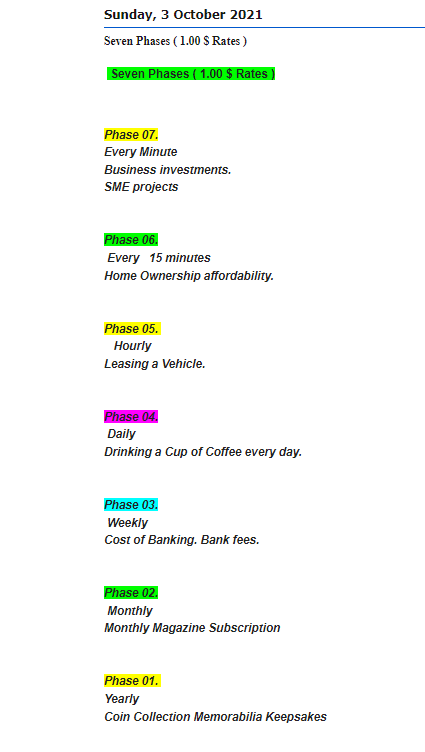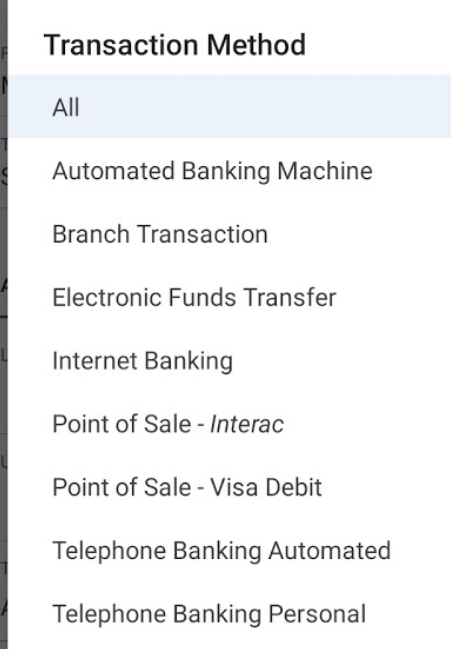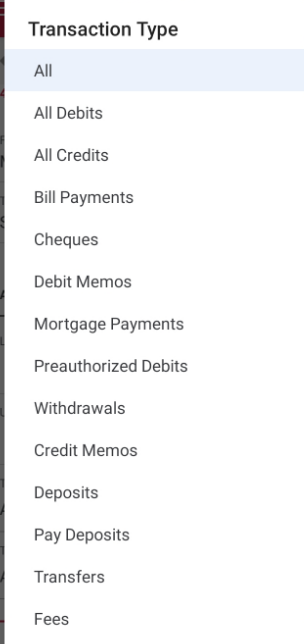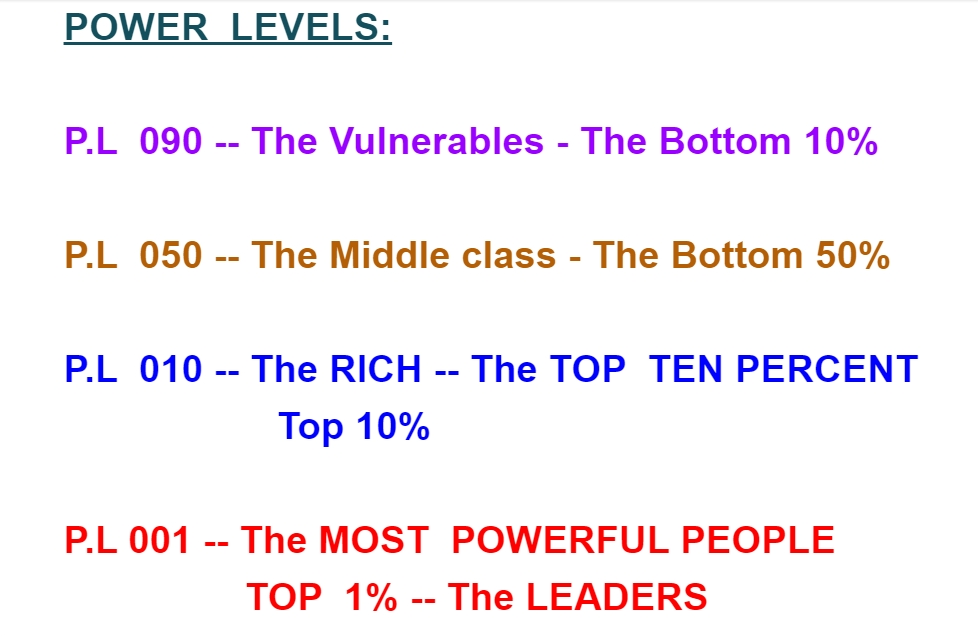What Is an Asset?
An asset is anything of value or a resource of value that can be converted into cash. Individuals, companies, and governments own assets. For a company, an asset might generate revenue, or a company might benefit in some way from owning or using the asset.
KEY TAKEAWAYS
- An asset is something containing economic value and/or future benefit.
- An asset can often generate cash flows in the future, such as a piece of machinery, a financial security, or a patent.
- Personal assets may include a house, car, investments, artwork, or home goods.
- For corporations, assets are listed on the balance sheet and netted against liabilities and equity.
Assets
Personal Assets
Personal assets are things of present or future value owned by an individual or household. Common examples of personal assets include:
- Cash and cash equivalents, certificates of deposit, checking, and savings accounts, money market accounts, physical cash, Treasury bills
- Property or land and any structure that is permanently attached to it
- Personal property – boats, collectibles, household furnishings, jewelry, vehicles
- Investments – annuities, bonds, the cash value of life insurance policies, mutual funds, pensions, retirement plans, (IRA, 401(k), 403(b), etc.) stocks
Your net worth is calculated by subtracting your liabilities from your assets. Essentially, your assets are everything you own, and your liabilities are everything you owe. A positive net worth indicates that your assets are greater in value than your liabilities; a negative net worth signifies that your liabilities exceed your assets (in other words, you are in debt).
Business Assets
For companies, assets are things of value that sustain production and growth. For a business, assets can include machines, property, raw materials and inventory - as well as intangibles such as patents, royalties, and other intellectual property.
The balance sheet lists a company's assets and shows how those assets are financed, whether through debt or through issuing equity. The balance sheet provides a snapshot of how well a company's management is using its resources. There are two types of assets on a typical balance sheet.1
Current Assets
Current Assets are assets that can be converted into cash within one fiscal year or one operating cycle. Current assets are used to facilitate day-to-day operational expenses and investments.
Examples of current assets include:
- Cash and cash equivalents: Treasury bills, certificates of deposit, and cash
- Marketable securities: Debt securities or equity that is liquid
- Accounts receivables: Money owed by customers to be paid in the short-term
- Inventory: Goods available for sale or raw materials
Fixed Assets
Fixed assets are non-current assets that a company uses in its production or goods, and services that have a life of more than one year. Fixed assets are recorded on the balance sheet and listed as property, plant, and equipment (PP&E). Fixed assets are long-term assets and are referred to as tangible assets, meaning they can be physically touched.
Examples of fixed assets include:
- Vehicles (such as company trucks)
- Office furniture
- Machinery
- Buildings
- Land
The two key differences with business assets are non-current assets (like fixed assets) cannot be converted readily to cash to meet short-term operational expenses or investments. Conversely, current assets are expected to be liquidated within one fiscal year or one operating cycle.
:max_bytes(150000):strip_icc():format(webp)/GettyImages-1167496026-1825e1c54d4e4db095bacb9dd03590f2.jpg)
:max_bytes(150000):strip_icc():format(webp)/a_1-5bfc478446e0fb00261175cc.jpg)
:max_bytes(150000):strip_icc():format(webp)/shutterstock_112522391-5bfc2b9846e0fb0051bde2d3.jpg)
:max_bytes(150000):strip_icc():format(webp)/GettyImages-923167626-1425a7c433954d43a6bd05221eb373e6.jpg)
:max_bytes(150000):strip_icc():format(webp)/GettyImages-1210283148-f80d01070e5d43c98e59bee382464e31.jpg)
:max_bytes(150000):strip_icc():format(webp)/drawing_chart-5bfc37a24cedfd0026c43f8f.jpg)



































































No comments:
Post a Comment